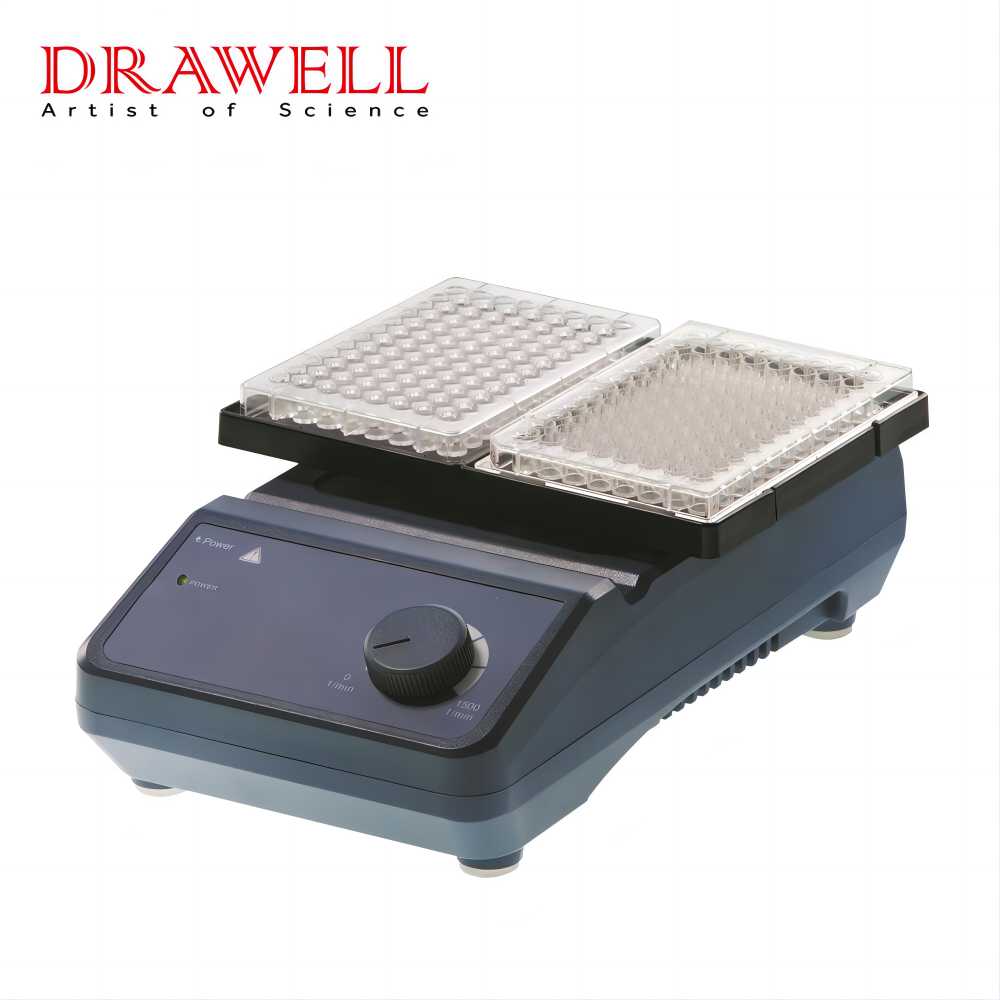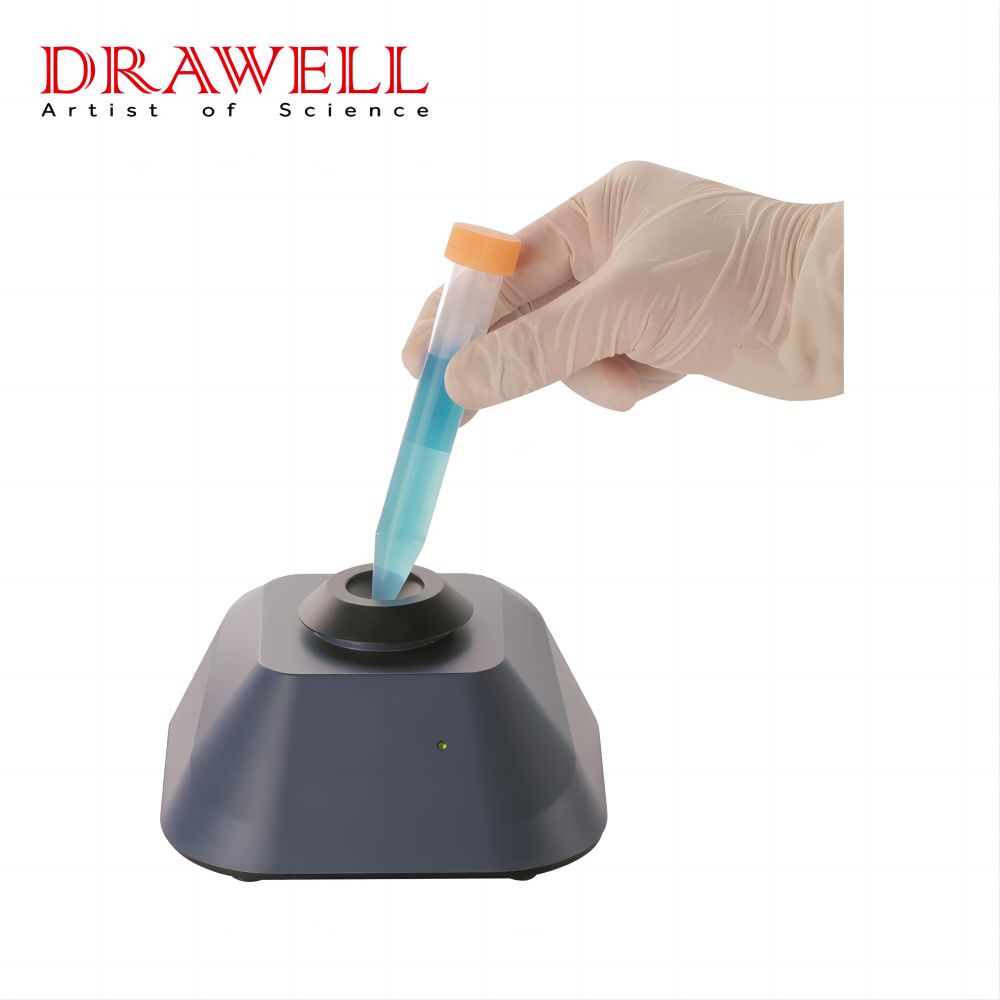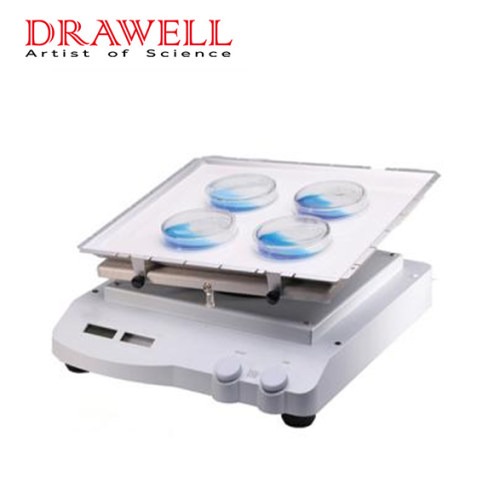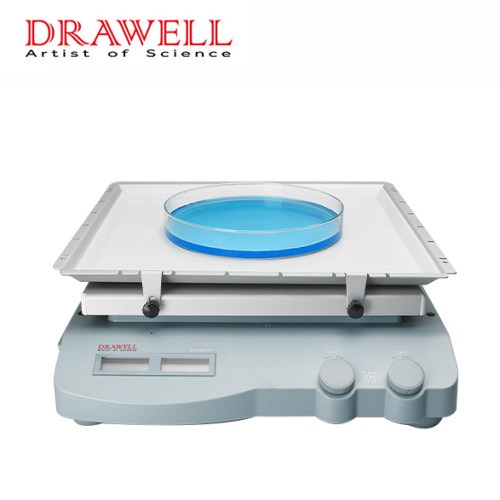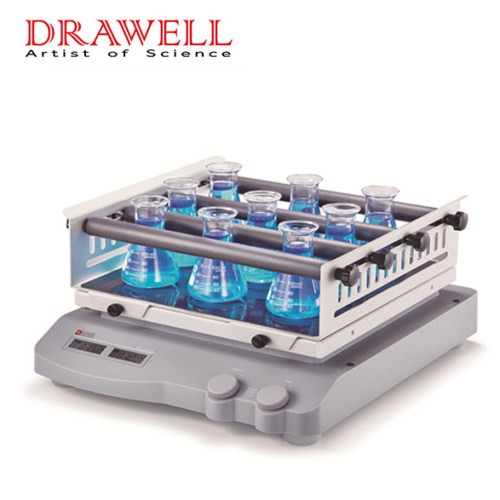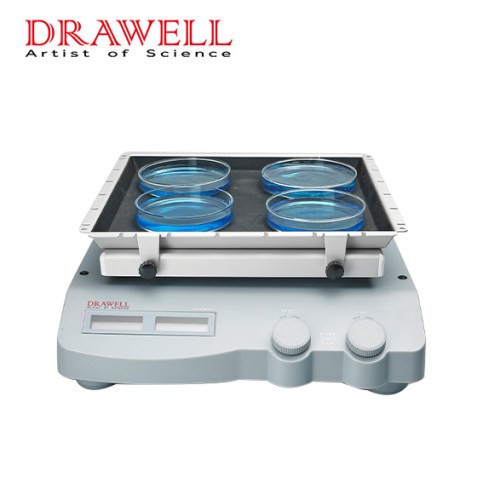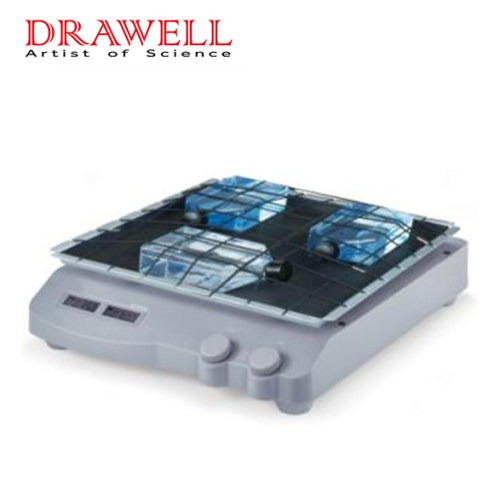Whether it is an experiment in the fields of chemistry, biology or physics, the mixer plays a key role in the mixing and stirring of samples. It can ensure that various substances are mixed evenly, thereby ensuring the accuracy and repeatability of the experimental results. A suitable laboratory mixer can greatly improve the efficiency of the experiment, while an inappropriate mixer may cause uneven mixing, which will affect the entire experimental process. Therefore, it is very important to understand the different types of laboratory mixers and how to choose the most suitable mixer for each experiment.
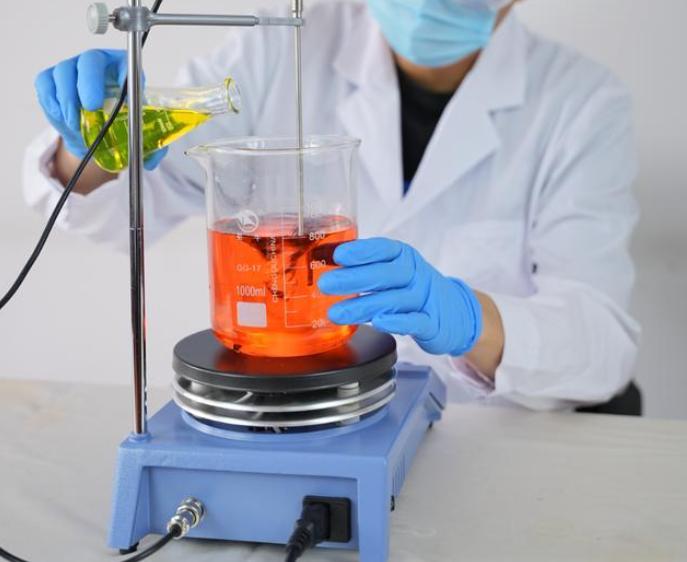
Types of Lab Mixers
Lab mixers come in a variety of designs tailored to specific mixing needs. Here are the common types of mixers based on their mixing technologies:
- Vortex Mixers
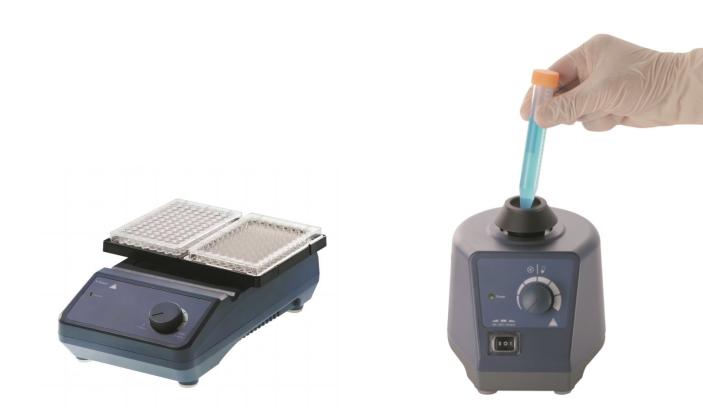
Vortex mixers are compact devices designed for rapid mixing of small volumes, typically in test tubes or microplates, also called test tube vortex mixer or microplate mixer. They work by creating a vortex motion that thoroughly combines the contents within seconds. These mixers are ideal for quick tasks such as resuspending cells or mixing reagents.
- Magnetic Stirrers
A magnetic stirrer is a device that uses a magnetic field to drive a stirring bar. The stirring bar is placed in a container containing the sample. When the magnetic stirrer is turned on, the rotating magnetic field under the container drives the stirring bar to rotate, thereby stirring the sample.

This type of stirrer is generally suitable for mixing relatively small amounts of liquids and when the mixing speed is not extremely high. Its advantages are that it is relatively quiet during operation and there is no direct contact between the mechanical parts and the container, reducing the possibility of contamination. They are very suitable for low-viscosity liquids and are available in heated and non-heated versions. Heated magnetic stirrers are particularly suitable for experiments that require temperature control, such as dissolving solutes or preparing solutions.
- Overhead Stirrers
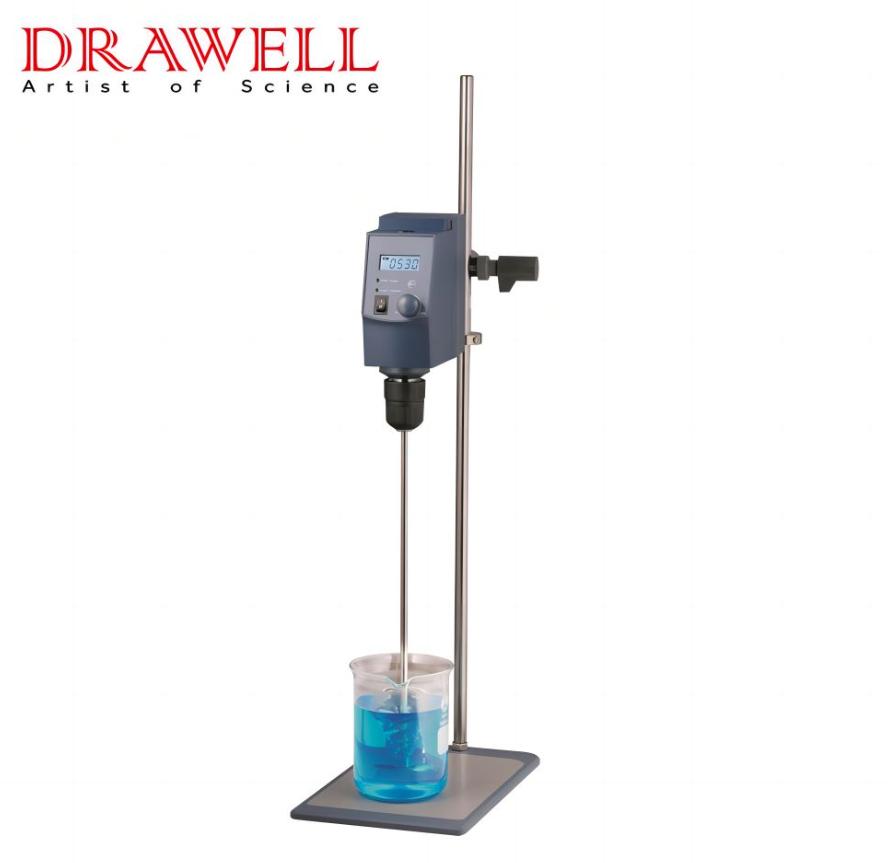
Overhead stirrers have a paddle mounted directly on the motor shaft and extend from the top of the vessel to stir. This type of stirrer allows for precise control of stirring speed and depth, and can accommodate a variety of vessel shapes and sizes. It excels in experiments that require high stirring accuracy, such as chemical reaction stirring during drug discovery.
- Orbital and Reciprocal Shakers
These mixers create consistent shaking motions, either circular (orbital) or back-and-forth (reciprocal). They are widely used in microbiology and cell culture applications, where gentle mixing or agitation is needed to promote growth and distribution.
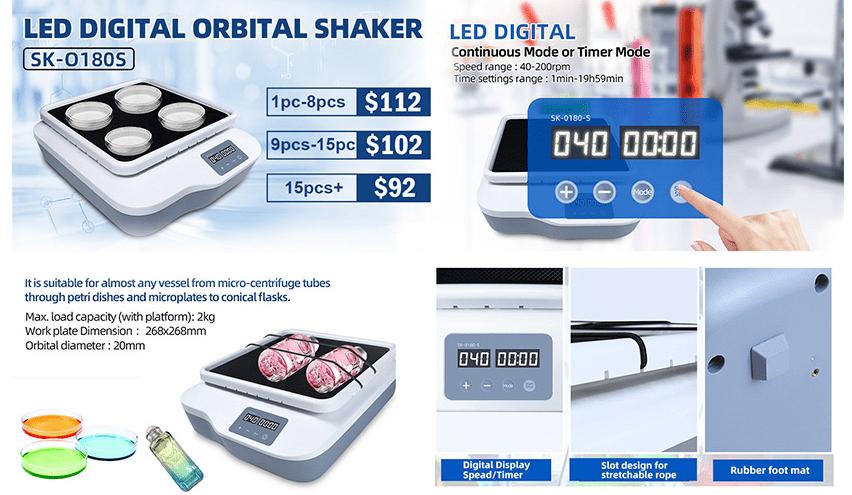
- Roller Mixers
Roller mixers are specialized for mixing blood samples, viscous liquids, and suspensions. They provide a rolling motion that ensures thorough mixing without causing foam or damage to delicate samples.
Selecting the appropriate type of mixer is crucial for achieving optimal results in your experiments. Each type of mixer is designed for specific applications, and understanding their functionalities will help you make the right choice.
Factors to Consider When Choosing a Lab Mixer
Choosing the right lab mixer involves evaluating several key factors to ensure it meets the requirements of your experiments.
- Experiment Requirements: The type of experiment you’re conducting plays a significant role in determining the right mixer. For example, a vortex mixer is suitable for small, quick tasks, while an overhead stirrer is better for high-viscosity substances or larger volumes.
- Sample Volume and Viscosity: Consider the size and consistency of the samples you’ll be mixing. Magnetic stirrers are ideal for low-viscosity liquids in small volumes, while overhead stirrers are better suited for thick, high-viscosity samples.
- Speed and Control Settings: Precision is often critical in laboratory experiments. Look for mixers with variable speed controls and digital displays for accurate adjustments.
- Material Compatibility: Ensure the materials of the mixer and its accessories are resistant to the chemicals you’ll be working with. Stainless steel and PTFE-coated components are common choices for chemical compatibility.
- Maintenance and Durability: Invest in a durable, low-maintenance mixer that can withstand repeated use. Ease of cleaning and calibration should also be considered.
By evaluating these factors, you can select a lab mixer that aligns with your experimental needs and enhances the efficiency and reliability of your work.
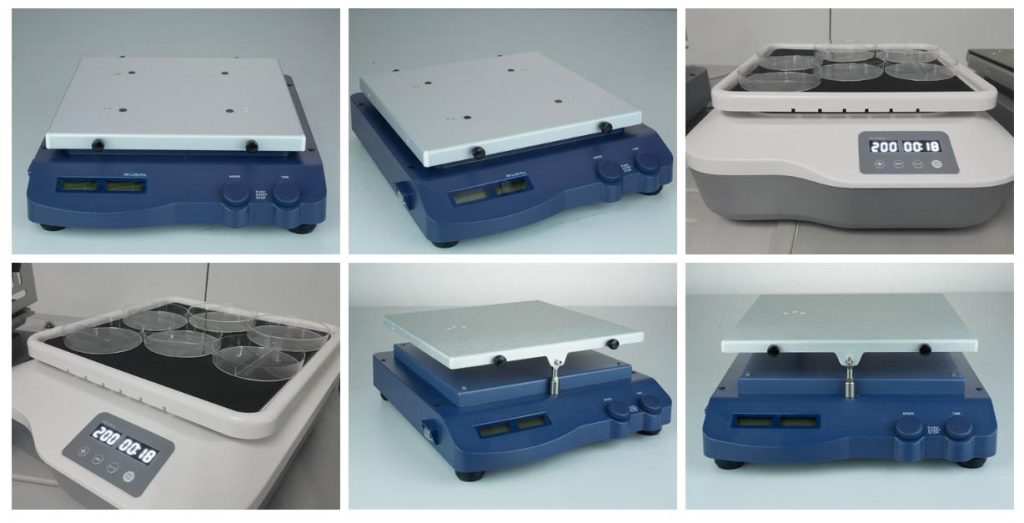
Top Lab Mixers for Various Applications
Laboratories often require specialized mixing equipment tailored to their specific applications. Here is an overview of the commonly used mixers in the two typical laboratories.
Biological and Microbiology Laboratories
These labs focus on cell cultures, microbial growth, and molecular biology experiments. Commonly used mixers including magnetic stirrers, orbital shakers, roller mixers:
- Magnetic Stirrers: In biological experiments, such as cell culture, when the culture medium needs to be gently mixed, Magnetic Stirrers are an ideal choice. Since there is no direct contact between the mechanical parts and the sample, the risk of damage to the cells is reduced, and the uniformity of the culture medium can be ensured without destroying the cell structure.
- Orbital and Reciprocal Shakers: In the pretreatment of some biological samples, such as the cultivation of microorganisms or the recovery of cells, Orbital and Reciprocal Shakers can provide gentle and continuous mixing. Orbital shakers shake sample containers along a certain track, while reciprocating shakers shake back and forth. This method helps biological samples to mix evenly in a suitable environment and maintain biological activity.
- Roller Mixers: Roller Mixers are a good choice for processing some biological samples that do not require high mixing speed but require long-term gentle mixing, such as anticoagulation of blood samples. It drives the container to roll by slowly rotating the roller, thereby achieving sample mixing. This method can avoid damage to cells and other components in biological samples.
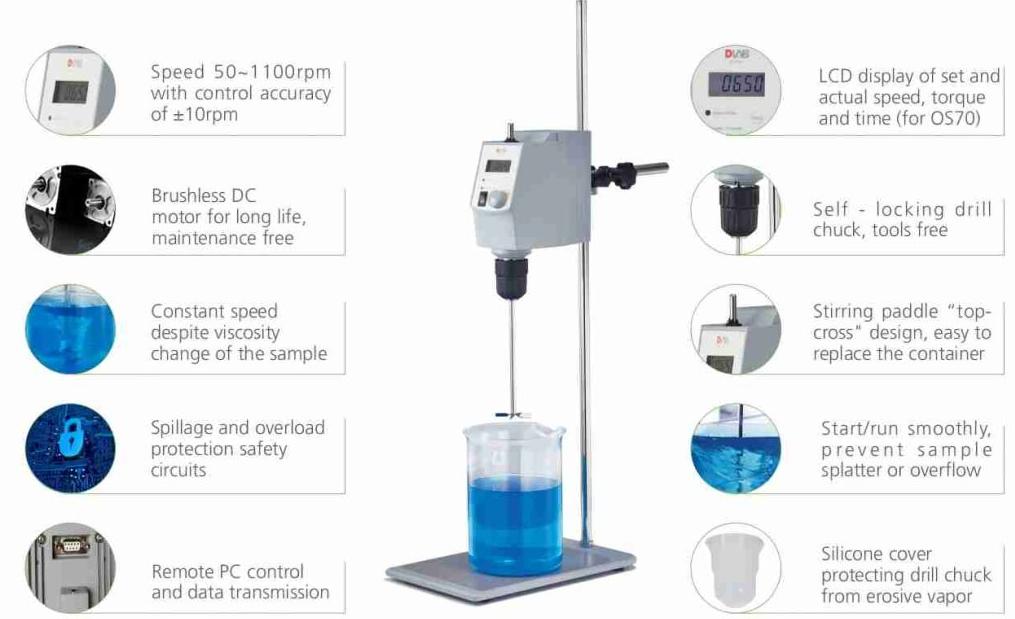
Chemical and Analytical Laboratories
Chemical and analytical labs require precise mixing for chemical synthesis and sample preparation. Commonly used mixers including vortex mixers, overhead stirrers and magnetic stirrers (with or without heating):
- Vortex Mixers: In chemical experiments, Vortex Mixers are a good choice for quickly mixing small amounts of liquid reagents. It generates a strong vortex by high-speed rotation, which can fully mix small volumes (usually a few milliliters) of samples in a short time. For example, when conducting qualitative chemical analysis, vortex mixers can efficiently complete the task of quickly mixing a small amount of reaction reagents.
- Magnetic Stirrers: Magnetic Stirrers are more suitable when dealing with relatively small amounts of chemical solutions and do not require extremely high stirring speeds. It uses a magnetic field to drive the stirring bar to rotate. This non-contact stirring method avoids direct contact between mechanical parts and solutions, reducing the possibility of contamination. For example, in some mild chemical synthesis reactions, when the purity of the reaction system is required to be high, magnetic stirrers can meet the needs.
- Overhead Stirrers: For mixing larger volumes of chemical solutions, especially in chemical synthesis reactions that require precise control of stirring speed and depth, Overhead Stirrers perform well. Its stirring paddle is directly mounted on the motor shaft and extends from the top of the container for stirring. It can adapt to containers of various shapes and sizes to ensure that chemical reactions are carried out evenly in large-scale reaction systems.
Different laboratories rely on specific types of mixers to meet their unique needs. When choosing a laboratory mixer, factors such as sample characteristics, mixing volume, mixing speed and accuracy, as well as cleaning and maintenance should be considered comprehensively. By understanding the applications and benefits of these mixers, lab managers and researchers can ensure their work is carried out efficiently and effectively. Choosing a reliable laboratory mixer supplier can improve your work efficiency and experimental accuracy. Feel free to contact Drawell for lab mixing equipment needs.

